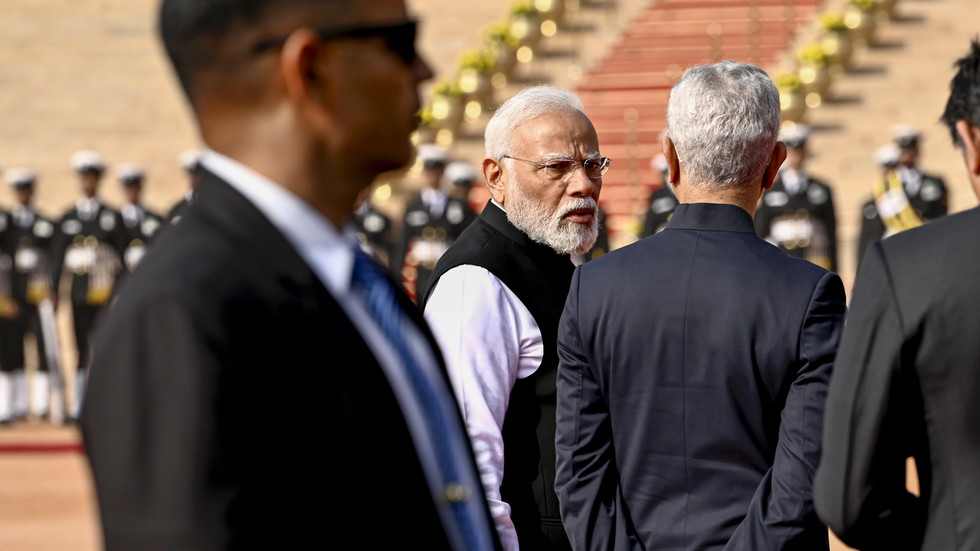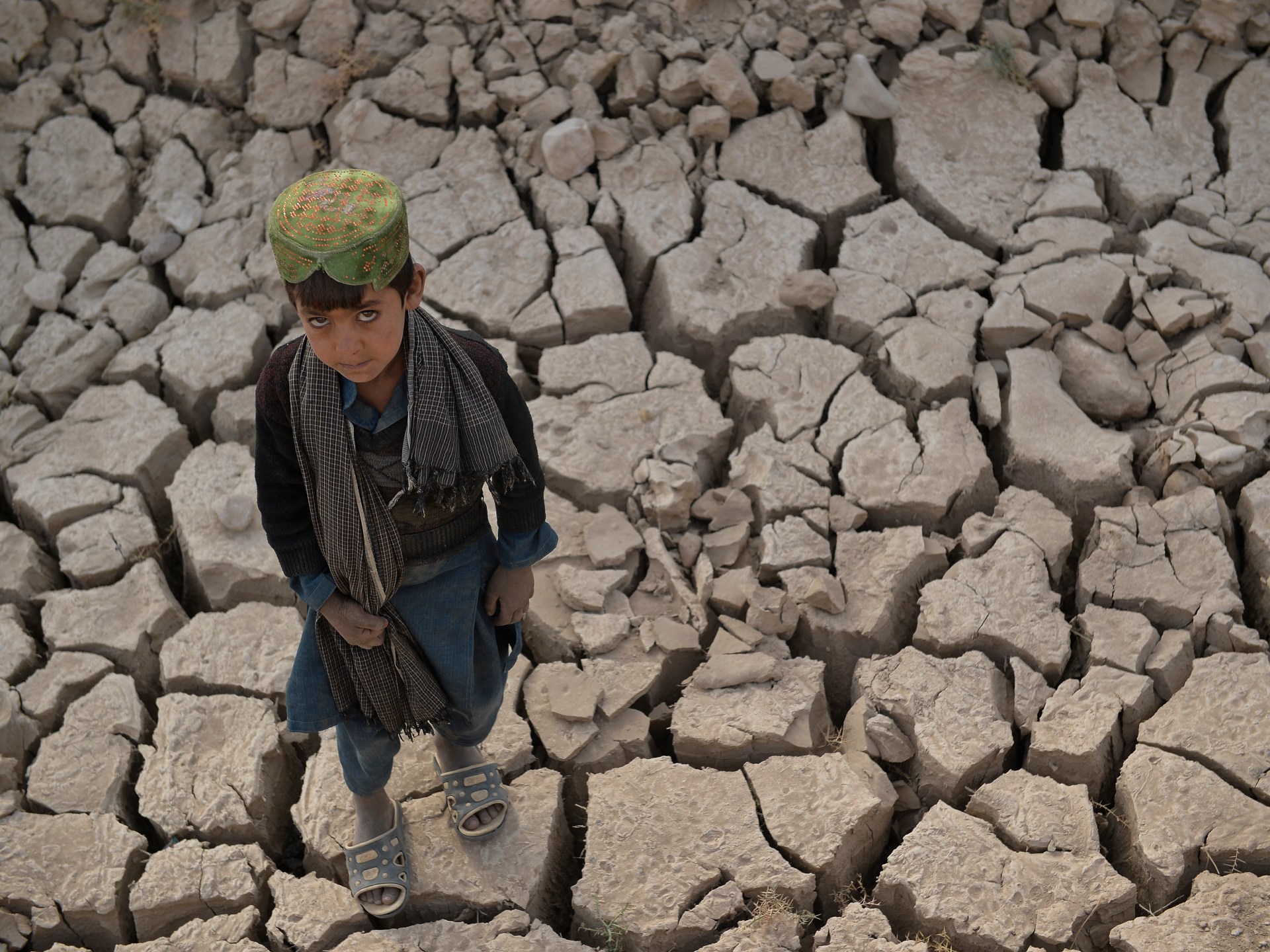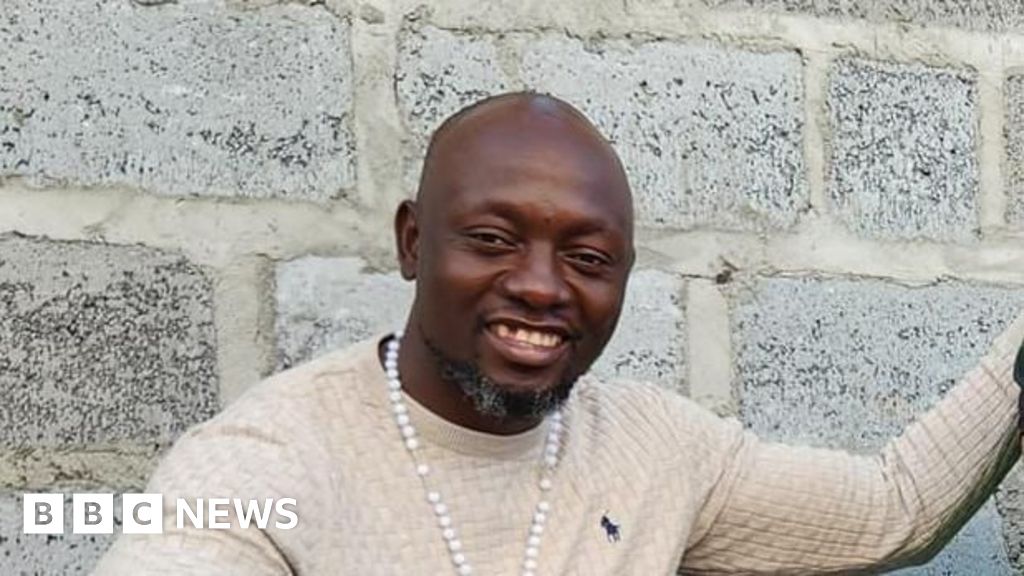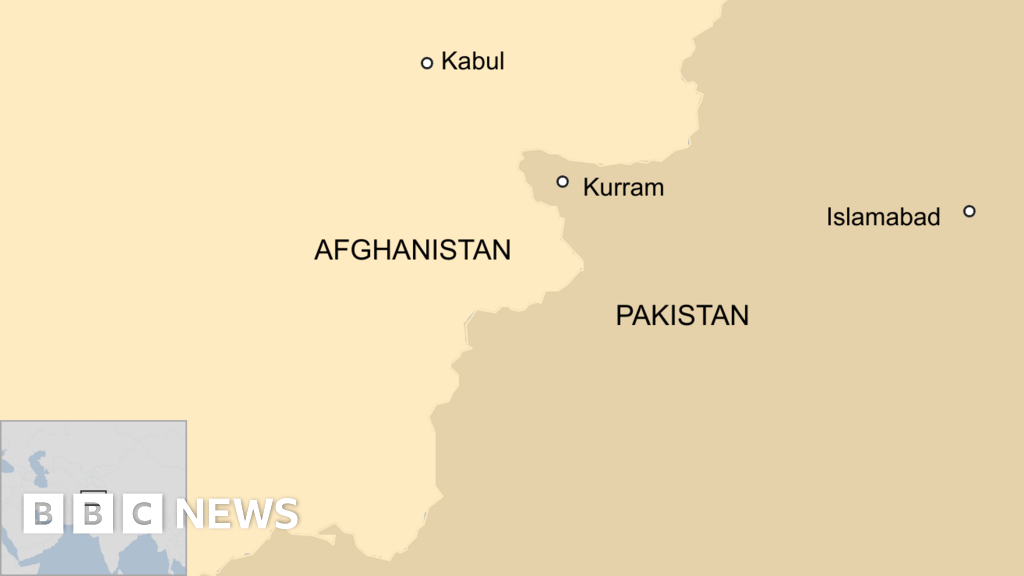You have a preview view of this article while we are checking your access. When we have confirmed access, the full article content will load.
Vietnam Dispatch
The hamlet of My Lai is infamous for American war crimes, but now it holds lessons in resilience and how to let go of anger.

By Damien Cave
Damien Cave reported from the village of Son My, the site of the My Lai massacre.
Nov. 17, 2024, 12:01 a.m. ET
The strawberry ice cream for sale by the ticket booth seemed out of place at the museum to the My Lai massacre, one of America’s most ghastly crimes of war. The parking lot held a single car. Only a wide sign near the entrance explained the significance of the location.
It showed a map of the area as it looked on the morning of March 16, 1968, when a company of American soldiers showed up and killed more than 500 women, children and older men, raping girls, mutilating bodies and burning homes with families still inside.
One of the massacre’s survivors, Nguyen Hong Mang, would tell me later that he had met the soldiers with a smile, shouting, “Welcome, Americans!” He was 14.
Minutes later, he and his family and neighbors were being lined up and shot, crumpling into a pile of the dead and nearly dead.
Image
Retelling such horrors, in person and with a public institution right where you live, takes a special kind of courage. Most war memorials in Vietnam focus on revolutionary heroes. My Lai is pure tragedy. And the way the affected hamlets deal with one of the war’s worst atrocities says a lot about how to honor trauma without becoming defined by its scars.
The map locates the hamlet of My Lai, home to the Son My Memorial. It is southeast of Danang, on the eastern coast of Vietnam.

CHINA
VIETNAM
Hanoi
LAOS
South China Sea
Danang
THAILAND
My Lai
CAMBODIA
200 miles

.png) 4 days ago
7
4 days ago
7









